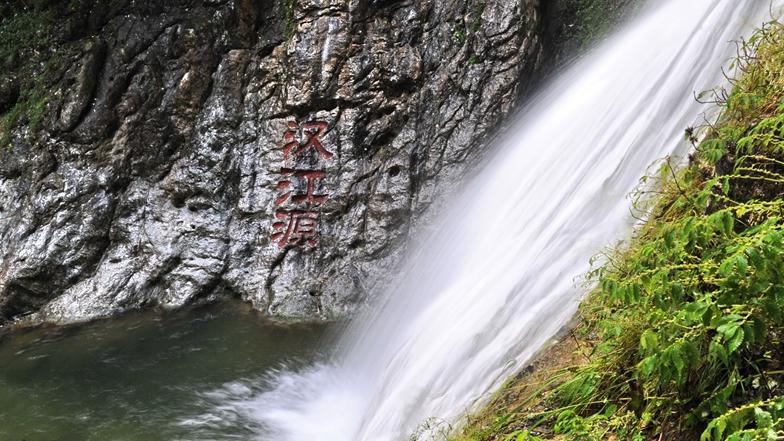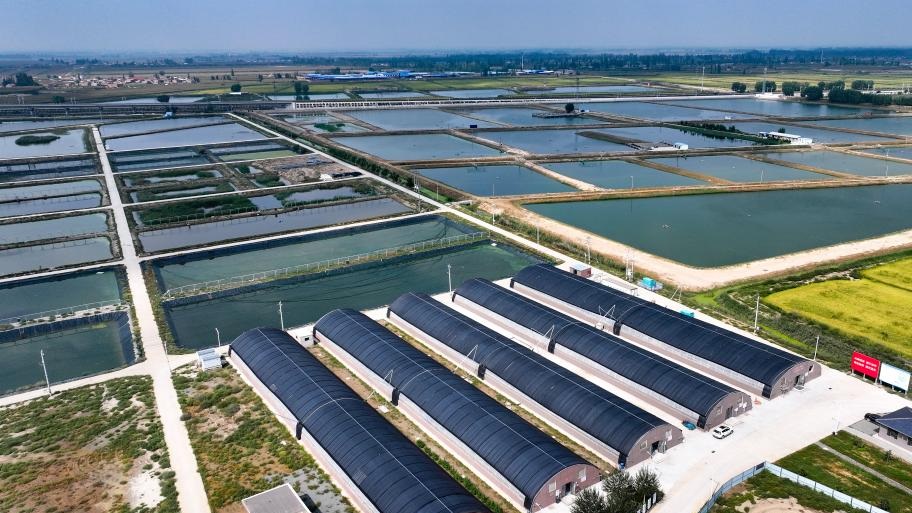Extinct volcanoes possible abundant source of rare earth elements: Australian-Chinese research
CANBERRA, Sept. 25 (Xinhua) -- Extinct volcanoes could be a rich source of in-demand rare earth elements, joint Australian and Chinese research has found.
In a study published on Wednesday, researchers from the Australian National University (ANU) and the University of Chinese Academy of Sciences (UCAS) found that a type of iron-rich magma entombed within extinct volcanoes is likely abundant with rare earth elements.
Rare earth elements refer to a group of critical minerals widely used in modern electronics, defense technology, batteries and medical imaging. They are considered key to the global net-zero emissions transition because of their applications in electric vehicles and renewable energy technologies.
Michael Anenburg, co-author of the study from the Research School of Earth Sciences at ANU, said the iron-rich magma that solidified to form some extinct volcanoes is up to 100 times more efficient at concentrating the elements than magmas that erupt from active volcanoes.
"We have never seen an iron-rich magma erupt from an active volcano, but we know some extinct volcanoes, which are millions of years old, had this enigmatic type of eruption," he said in a media release.
"Our findings suggest that these iron-rich extinct volcanoes across the globe, such as El Laco in Chile, could be studied for the presence of rare earth elements."
To make the discovery, the team simulated volcanic eruptions by sourcing rocks similar to those from iron-rich extinct volcanoes.
The rocks were heated to melting point and their mineral content was tested, leading to the discovery of the high concentrations of rare earth elements.
Global demand for rare earth elements is expected to increase fivefold by 2030. China has the largest deposits of the elements in the world and is the world's biggest producer.
The Australian government in 2023 launched a strategy to grow the country's critical minerals sector and in May 2024 committed 566 million Australian dollars (390.8 million U.S. dollars) in funding over 10 years to map Australia's critical minerals deposits.
Photos
Related Stories
- China now is a trailblazer in scientific research and innovation: scientists
- Chinese researchers vow to restore seagrass beds
- Top Chinese physicist calls for more investment in basic research planning
- Construction of China's first domestic medical isotope test reactor starts
- Chinese, US researchers jointly develop new type of stable semiconductor graphene with 10 times higher performance than silicon
Copyright © 2024 People's Daily Online. All Rights Reserved.









